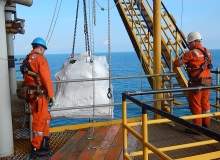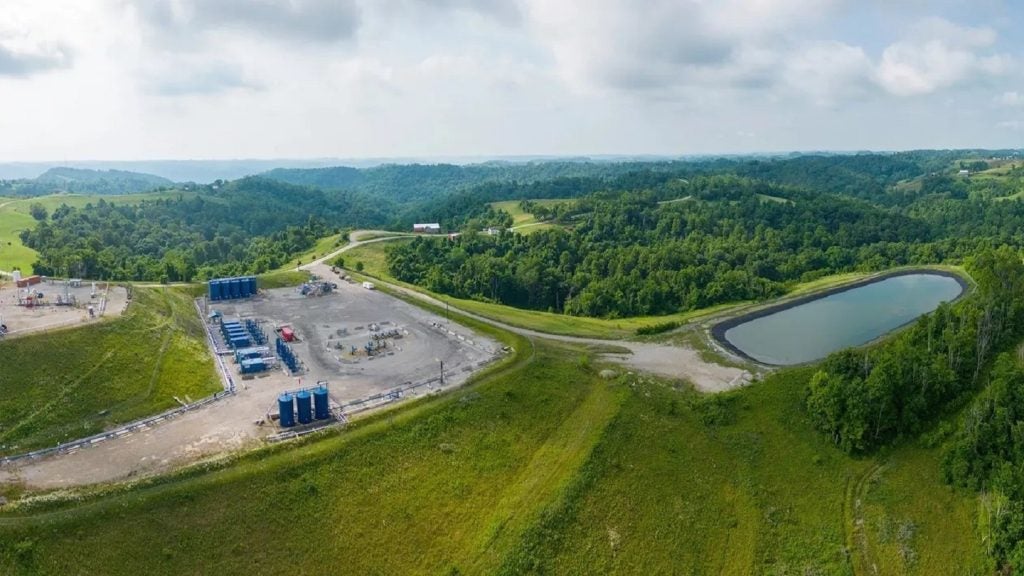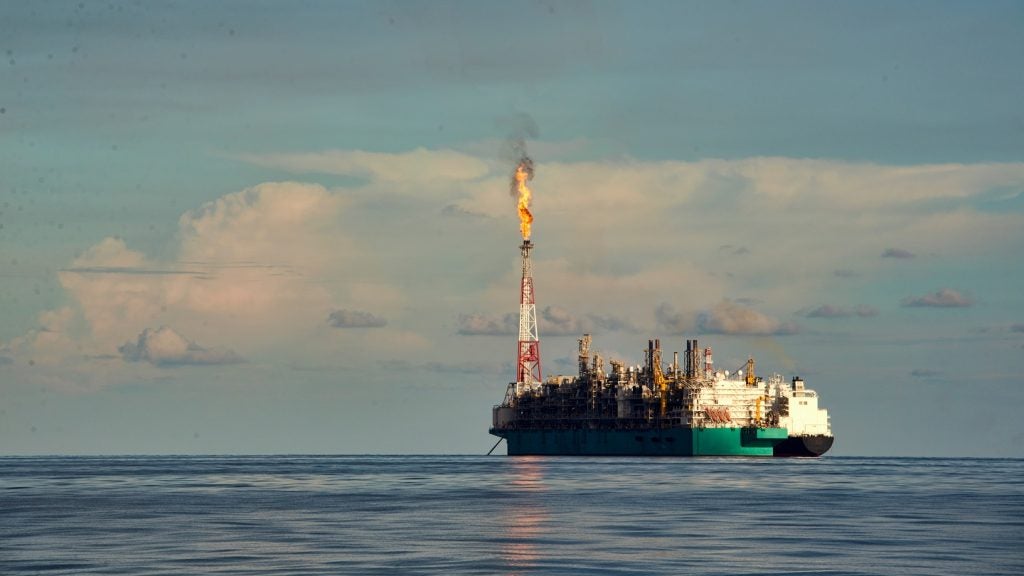

Daan Gerritsen is an engineer and manager at Gerritsen On- & Offshore Services BV. His expertise covers industrial and structural design, mechanical engineering, marine technology, naval architecture, rigging solutions, and hoist equipment testing and inspection.
Gerritsen On- & Offshore Services is an engineering and construction firm serving the shipbuilding, steel, petrochemical and offshore industries. Headquartered in Amsterdam, the company specialises in the repair, maintenance and inspection of lifting equipment, provides steel fabrication and hydrostatic and pneumatic pipe testing services, and is a logistics partner in the offshore industry.
Julian Turner: Please provide some background to the recent crane engine replacement project.
Daan Gerritsen: The project was a collaborative operation between JD Neuhaus and Gerritsen On- & Offshore Services to replace the failed diesel engine of a deck crane on a platform located in the southern sector of the Dutch North Sea.
When the diesel engine of the deck crane failed, it caused major handling problems for the platform. These were solved with the use of JD Neuhaus air-operated hoists. The crane itself operated at 40m above sea level and provided a lift capacity of 20t. The operation to replace the broken engine – which weighed-in at approximately 1,750kg – was successfully undertaken by Gerritsen from the company’s base in Amsterdam, with the work being completed in approximately one week.
See Also:
JT: Did the project present any specific challenges in terms of equipment transport and logistics?
DG: There was no other suitable lifting device available on the platform and the replacement engine was too large and heavy to be ferried by helicopter. This meant an additional lifting device, a Profi 2Ti model with a 2t lift capacity, had to be sourced from the JD Neuhaus range of air-operated hoists available in the Gerritsen rental fleet and delivered to the platform by supply vessel.
How well do you really know your competitors?
Access the most comprehensive Company Profiles on the market, powered by GlobalData. Save hours of research. Gain competitive edge.

Thank you!
Your download email will arrive shortly
Not ready to buy yet? Download a free sample
We are confident about the unique quality of our Company Profiles. However, we want you to make the most beneficial decision for your business, so we offer a free sample that you can download by submitting the below form
By GlobalDataThe Profi 2Ti is available as standard with a 3m lift and the overall weight is approximately 110kg including the control system. The product was modified to provide the 40m lift required on site, involving an additional weight for the twin chain hoist mechanism at roughly 2kg per metre run.
A new report challenges traditional methodology, promoting recycling and collaborative thinking.
With the replacement engine and its lifting equipment being transported by a supply vessel, which involves 16 hours sea time, provision was required for a further primary lifting unit to handle the Profi 2 Ti hoist and its 40m drop of twin chains that were utilised for the major lifting operation.
The JD Neuhaus air operated Mini 1000 hoist was selected, again from the Gerritsen rental fleet, and was light enough to be delivered to the work site by helicopter. The hoist offers 1,000kg lift capacity to handle the larger and more powerful Profi hoist and its 40m chains. The Mini hoist, plus a beam clamp for the hoist suspension support, was helicoptered to the site in 30 minutes and mounted ready for the primary lift operation of the Profi hoist and chains utilising a big bag container.
The more powerful Profi unit was then used to replace the Mini hoist, utilising the same beam clamp installation. The Profi hoist with a two-ton lifting capacity was then utilised to undertake the more difficult lift and the location of the replacement diesel engine utilising a sling assembly.
JT: What specific benefits did the two hoists offer compared with other technological solutions?
DG: Gerritsen has a wide range of air-operated hoists available in its rental fleet that are ready to be deployed, so why didn’t we use a winch or some other device? Both require a base frame to mount them on the platform as well as extensive calculations, and we didn’t have much time because the crane is also used for bunkering water and food. Without it, the platform can’t be operated.
The mini 1000 is universally deployable, easy to install at the platform by use of a beam clamp – as is the Profi 2Ti – and is lightweight, meaning it can be carried by hand from a helicopter to installation site. The hoist also comes with explosion protection and is suitable for use in hazardous areas.
The benefits of the PROFI 2TI include rugged build quality for heavy duty operations. It is insensitive to dust, humidity and temperatures ranging from -20°C to +70°C, and also features infinitely variable speed controls, allowing for the precise positioning of loads.
JT: The entire operation involved just five personnel – one worker for safety inspection, plus one rigger and three scaffolders. Is this a standard crew and timescale for a project of this nature?
DG: Because the platform was running out of fresh water and food, we had to complete the project with minimal staff. The rigger supervised the scaffolders, who installed the rigging equipment, erected hard barriers and helped out with the rigging operations. Before operations began, a toolbox and task risk assessment (TRA) was held with all the workers involved.
JT: Upstream operators are entering more remote deepwater locations in search of oil and gas. What additional demands does this make on crane repair and lifting specialists such as Gerritsen?
DG: Crane repair and rigging work will always be needed on platforms and rigs. The remote locations make it difficult to transport the equipment and workers, and this will give us logistical challenges.
Otherwise, the search of oil and gas in remote locations will inevitably provide us more work as new platforms, rigs and floating production, storage and offloading (FPSO) units will be required in order to explore and process the new oil and gas fields.
JT: How do you see the offshore crane repair market evolving in the short to mid-term, and what effect has sustained low oil prices and a shortage of skilled labour had on the industry?
DG: The further expansion of safety precautions will likely lead to more work preparation and specified job descriptions, providing opportunities for specialised companies such as Gerritsen that supply qualified riggers, torque and tensioning fitters as well as personnel skilled in magnetic particle inspection (MPI) and non-destructive examination (NDE).
Low oil prices create a brake on new projects. However, maintenance jobs continue and provide us with lots of work. Even in the Netherlands we have a shortage of skilled labour. Last year, we trained two workers under own management. Like all our offshore personnel, they attended the rigging course run by oil and gas academy OPITO in Aberdeen, UK.





